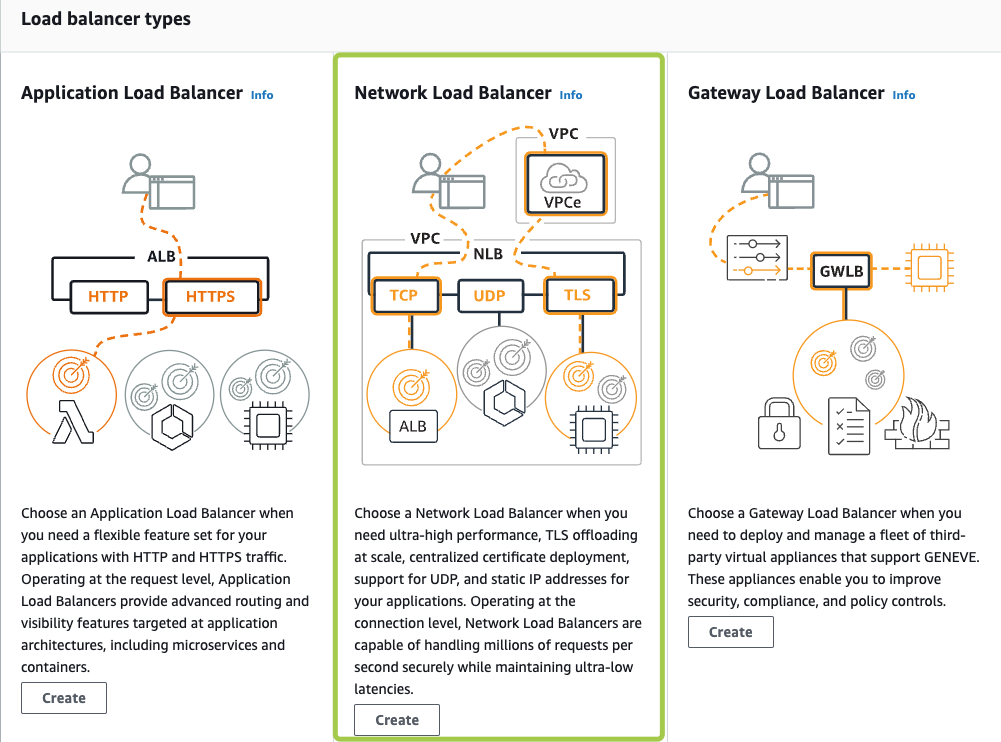Load Balancer
Load Balancer
18 May 2023
A Load balancer is a device or software application that distributes network traffic across multiple servers or resources to optimize resource utilization, minimize response time, and avoid overload. Load balancers can be used for a variety of purposes, including distributing workload across servers, improving application availability, and scaling resources to handle large volumes of traffic.
There are different types of load balancers:
- Hardware Load Balancers: These are physical devices typically installed in a data center or server room. They are designed to handle high volumes of traffic and provide advanced features such as SSL offloading and advanced traffic management.
- Software Load Balancers: on the other hand, are software applications installed on servers. They are often used in cloud computing environments because they are more flexible and can be easily scaled up or down based on the demand.
- Cloud Load Balancer: A cloud load balancer is a load balancer that is deployed in the cloud.


Load balancers use different algorithms to distribute traffic across servers. The most common algorithms are:
- Round-robin: This algorithm distributes traffic evenly across all servers in a rotation.
- Least connections: This algorithm directs traffic to the server with the fewest active connections.
- IP hash: This algorithm uses the client’s source IP address to determine which server to send traffic to.
- Random: This algorithm chooses a random server to send traffic.
Load balancers can also perform health checks on servers to ensure they are available and responsive. If a server fails or becomes unresponsive, the load balancer can automatically redirect traffic to other servers to ensure that the application or service remains available.


Load balancers can also provide advanced features such as SSL termination, content caching, and compression. SSL termination offloads the encryption and decryption of SSL traffic from the servers, improving performance and reducing server load. Content caching stores frequently accessed content in memory, reducing the number of requests that need to be processed by the servers. Compression reduces the size of data sent between the client and server, improving performance and reducing bandwidth usage.
In conclusion, load balancers are an essential component of modern infrastructure. With the ability to perform advanced features such as SSL termination, content caching, and compression, load balancers are a crucial tool for organizations that want to provide a fast and reliable user experience.
A load balancer is a critical component of a network infrastructure that distributes incoming network traffic across multiple servers, ensuring that no single server becomes overloaded with traffic. A load balancer can help to improve the performance, scalability, and reliability of web applications, services, and databases. In this blog, we will discuss load balancers in detail, including their types, benefits, and how they work.
Benefits of load balancers:
- Scalability: A load balancer can help to distribute traffic evenly across multiple servers, enabling organizations to scale their infrastructure to meet increasing demand.
- High availability: Load balancers can detect when a server goes down and redirect traffic to another server, ensuring high availability and reducing downtime.
- Improved performance: By distributing traffic across multiple servers, load balancers can help to improve the performance of web applications, services, and databases.
- Security: Load balancers can act as a gateway to your servers, providing an additional layer of security to your infrastructure.
How load balancers work:
Load balancers work by distributing incoming traffic across multiple servers using a variety of algorithms, including round-robin, least connections, and IP hash. When a request comes in, the load balancer determines which server should handle the request based on the selected algorithm.
Once the load balancer has selected a server, it sends the request to that server, which processes the request and sends the response back to the load balancer. The load balancer then sends the response to the client.
Conclusion:
Load balancers play a crucial role in ensuring the performance, scalability, and reliability of web applications, services, and databases. By distributing traffic evenly across multiple servers, load balancers can help reduce downtime, improve performance, and provide an additional layer of security to your infrastructure. Whether you opt for a hardware, software, or cloud load balancer, it is essential to choose the right type of load balancer that meets your organization’s needs.


